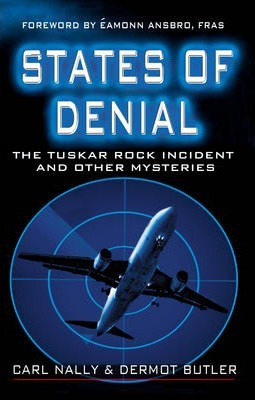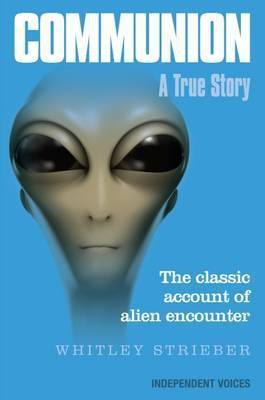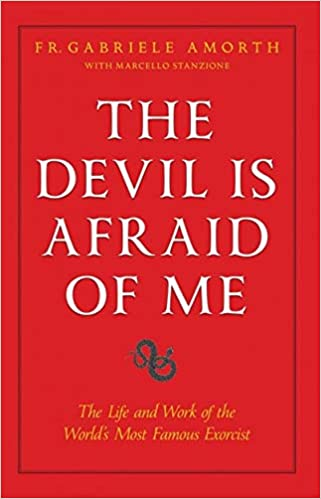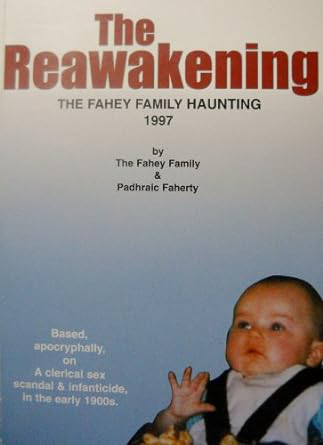The 'Curse' of Moorehall
Ghost/Paranormal
Tuesday 8th, February 2022
4 minute read.
Located in County Mayo stands the dilapidated and burned carcass of what was a family manor house. Overlooking Lough Carra this manor house has been affected by some of the darkest moments in Irish history as well as being said to have a link to an ancient curse.
In the eighteenth century George Henry Moore was a prominent Irish Politician where himself and his descendants had a long running distinction in military, cultural and political areas.
Moore made his money after emigrating to Spain where he setup a brandy and fine wines business which allowed him to build a luxury home on his return to Ireland, while in Spain, Moore rose to prominence after being involved in the implementation of the penal laws and he secured himself a place in the Spanish court.
On Moore's return to Ireland to build his new home he settled on Muckloon Hill which overlooked Lough Carra. Moore ignored locals warnings not to build where he had planned to due to the land being cursed but Moore paid these warnings no attention.
The story behind the curse is said that, around 400 A.D. the king of Connacht, Brian Orbsen was killed by his enemies, the kings druid, Drithliu managed to escape this incident and hide out on Muckloon Hill, the individuals that had slain the king caught up with Drithliu and he was left to bleed to death on the shores of Lough Carra.
Moore brought in an architect by the name of John Roberts who was the architect behind Waterford Cathedral, and Moore moved into the newly built manor house in 1795.
Shortly after George Henry Moore had moved into the new house and what, in time would be attributed to the curse, started to occur, the first thing that happened would be that Moore would suffer a stroke and be left blind.
George's son John, went on to become a lawyer and was made president of Connacht in 1798 but it was not to last following the appointment of command in chief of Ireland, the first Marquess Cornwallis in response to the Irish Rebellion.
John was subsequently arrested by Lord Lieutenant and was handed the death penalty. George did all he could to get the best lawyers to fight his son's sentence and was able to get a deportation order instead of the death penalty. Unfortunately as faith would have it, John would succumb to the injuries he sustained while in custody and only a few months later George Moore would also be dead.
This, some believe, was the curse of Moorehall striking for a second time.
The new owner of Moorehall would oddly enough also be named George Henry Moore, he had made his money in horse racing. George won the Gold Cup at the Grand National the year after his brother had died while jockeying a horse by the name of Mickey Free in 1845.
The prize money that George received from winning the Gold Cup was used by George to buy grain and cattle for the Famine affected tenants and it was to be documented that no one on Moore's land would become victims of the Famine.
George Augustus Moore was to be the last owner and resident of Moorehall and he was also the great grandson of George Moore who had the manor house built. George Augustus Moore was born in 1952 and studied arts and went on to become a prolific writer and the founder of the Abbey Theatre.
During the Irish civil war the IRA offence to George's cousin, Maurice's political stance. The IRA proceeded to take over Moorehall and set the building on fire, gutting it.
Nowadays visitors to the shell of Moorehall report having strange sensations and overwhelming feelings of being watched by an unseen presence. Additionally there have been reports of children's laughter being heard as well as shadows seen moving around the site.
There is another story that some say is linked to the events at Moorehall and that is of the péist that is said to call the waters of Lough Carra it's home.
In the eighteenth century George Henry Moore was a prominent Irish Politician where himself and his descendants had a long running distinction in military, cultural and political areas.
Moore made his money after emigrating to Spain where he setup a brandy and fine wines business which allowed him to build a luxury home on his return to Ireland, while in Spain, Moore rose to prominence after being involved in the implementation of the penal laws and he secured himself a place in the Spanish court.
On Moore's return to Ireland to build his new home he settled on Muckloon Hill which overlooked Lough Carra. Moore ignored locals warnings not to build where he had planned to due to the land being cursed but Moore paid these warnings no attention.
The story behind the curse is said that, around 400 A.D. the king of Connacht, Brian Orbsen was killed by his enemies, the kings druid, Drithliu managed to escape this incident and hide out on Muckloon Hill, the individuals that had slain the king caught up with Drithliu and he was left to bleed to death on the shores of Lough Carra.
Moore brought in an architect by the name of John Roberts who was the architect behind Waterford Cathedral, and Moore moved into the newly built manor house in 1795.
Shortly after George Henry Moore had moved into the new house and what, in time would be attributed to the curse, started to occur, the first thing that happened would be that Moore would suffer a stroke and be left blind.
George's son John, went on to become a lawyer and was made president of Connacht in 1798 but it was not to last following the appointment of command in chief of Ireland, the first Marquess Cornwallis in response to the Irish Rebellion.
John was subsequently arrested by Lord Lieutenant and was handed the death penalty. George did all he could to get the best lawyers to fight his son's sentence and was able to get a deportation order instead of the death penalty. Unfortunately as faith would have it, John would succumb to the injuries he sustained while in custody and only a few months later George Moore would also be dead.
This, some believe, was the curse of Moorehall striking for a second time.
The new owner of Moorehall would oddly enough also be named George Henry Moore, he had made his money in horse racing. George won the Gold Cup at the Grand National the year after his brother had died while jockeying a horse by the name of Mickey Free in 1845.
The prize money that George received from winning the Gold Cup was used by George to buy grain and cattle for the Famine affected tenants and it was to be documented that no one on Moore's land would become victims of the Famine.
George Augustus Moore was to be the last owner and resident of Moorehall and he was also the great grandson of George Moore who had the manor house built. George Augustus Moore was born in 1952 and studied arts and went on to become a prolific writer and the founder of the Abbey Theatre.
During the Irish civil war the IRA offence to George's cousin, Maurice's political stance. The IRA proceeded to take over Moorehall and set the building on fire, gutting it.
Nowadays visitors to the shell of Moorehall report having strange sensations and overwhelming feelings of being watched by an unseen presence. Additionally there have been reports of children's laughter being heard as well as shadows seen moving around the site.
There is another story that some say is linked to the events at Moorehall and that is of the péist that is said to call the waters of Lough Carra it's home.



